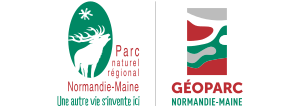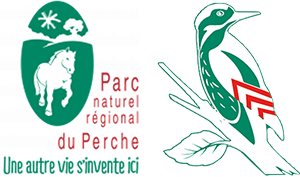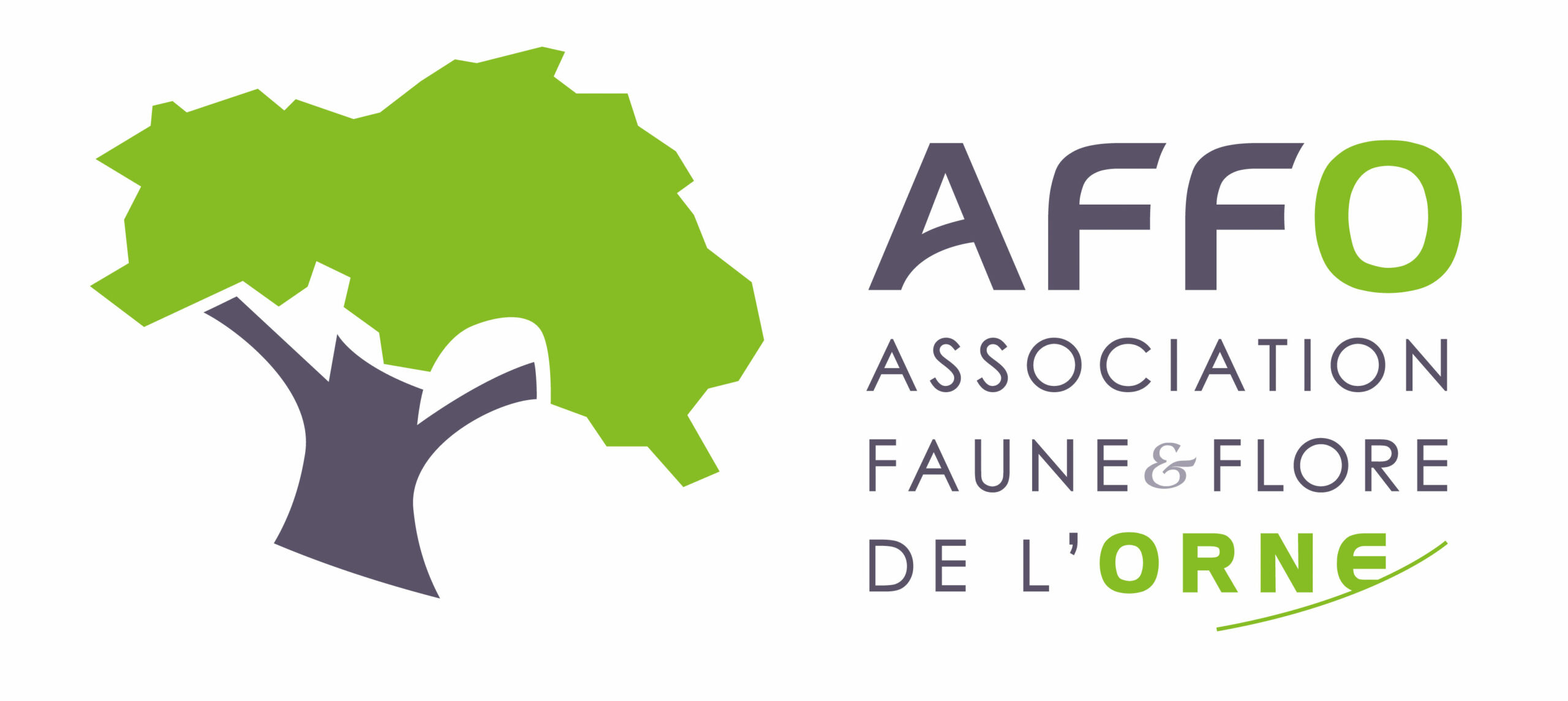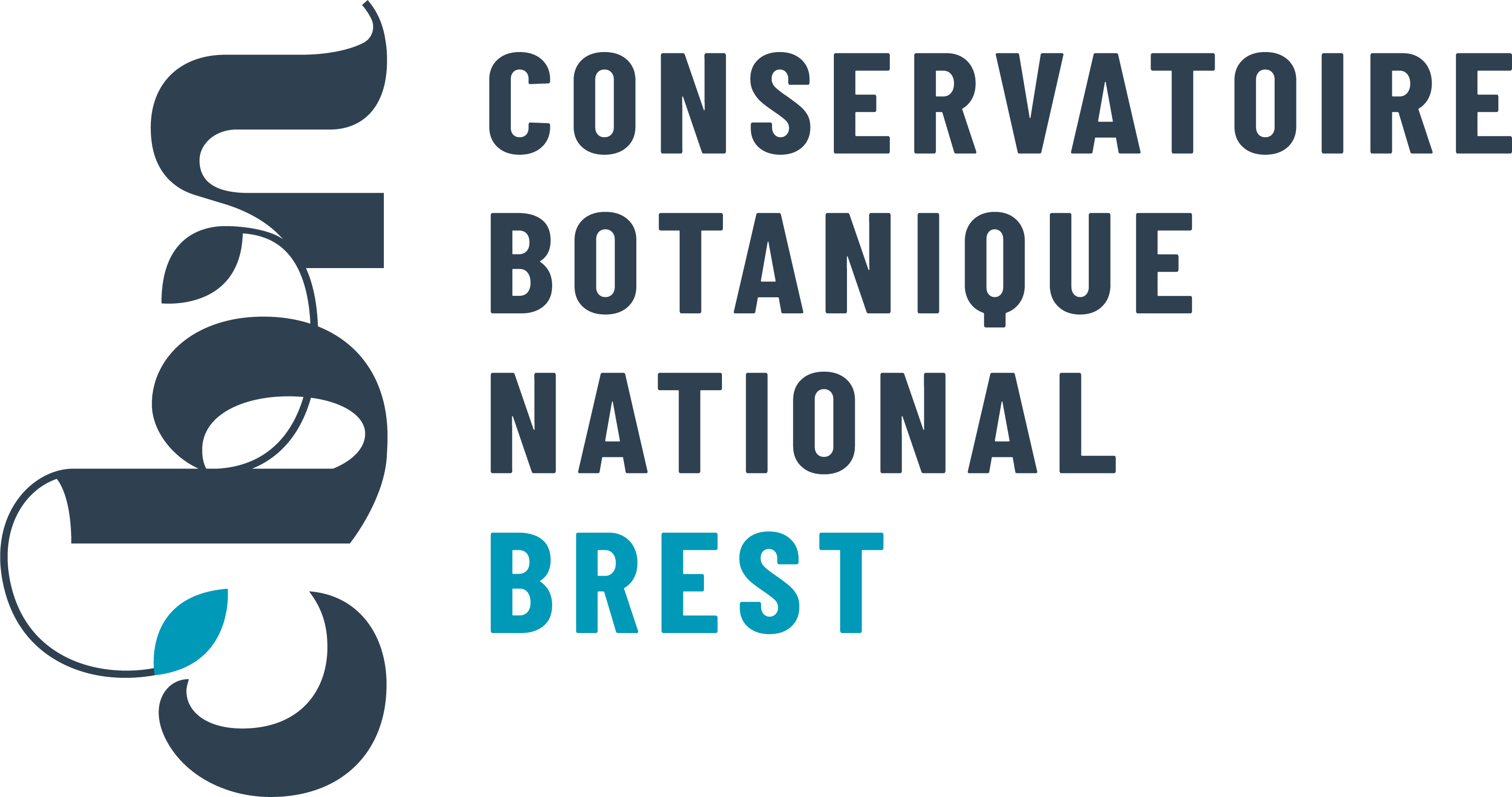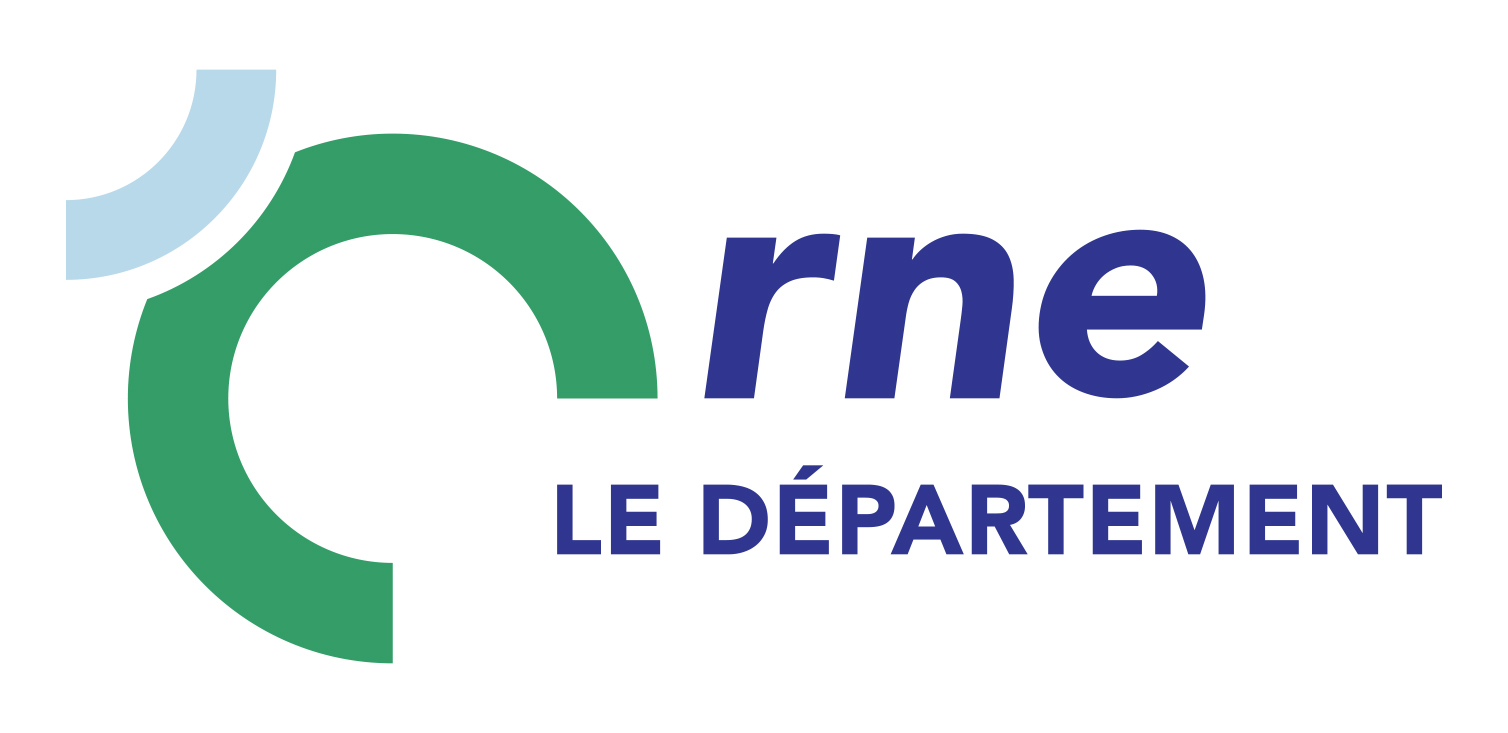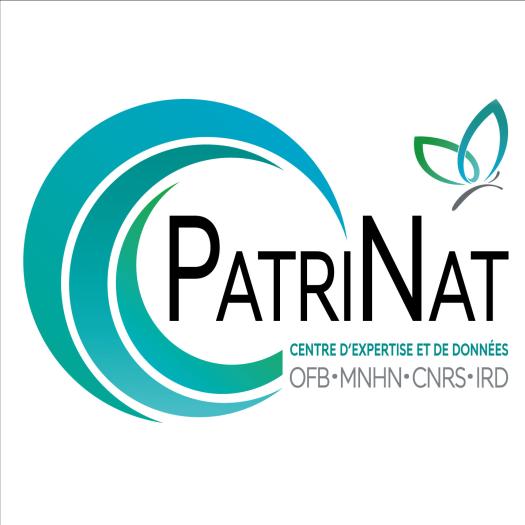Linaigrette à feuilles étroites
Eriophorum angustifolium Honck., 1782

- 316 observations
-
56
communes -
63
observateurs
16
organismes -
Première observation
1884 -
Dernière observation
2025
Beaufai - Beauvain - Belfonds - Bellou-en-Houlme - Briouze - Champsecret - Ciral - Courgeoût - Cour-Maugis sur Huisne - Domfront en Poiraie - Dompierre - Feings - Gandelain - Gouffern en Auge - Joué-du-Bois - Juvigny Val d'Andaine - La Chapelle-Montligeon - La Coulonche - La Ferrière-Béchet - La Ferrière-Bochard - La Ferté Macé - La Gonfrière - Lalacelle - La Lande-de-Goult - La Motte-Fouquet - La Roche-Mabile - Le Bouillon - Le Cercueil - Le Grais - Le Mage - Les Genettes - Les Monts d'Andaine - Les Ventes-de-Bourse - L'Hôme-Chamondot - Longny les Villages - Lonlay-l'Abbaye - Lonlay-le-Tesson - L'Orée-d'Écouves - Magny-le-Désert - Montmerrei - Montsecret-Clairefougère - Mortrée - Moulins-la-Marche - Moutiers-au-Perche - Neauphe-sous-Essai - Passais Villages - Rouperroux - Saint-Clair-de-Halouze - Saint-Evroult-Notre-Dame-du-Bois - Saint-Langis-lès-Mortagne - Saint-Patrice-du-Désert - Saires-la-Verrerie - Sarceaux - Tanville - Tinchebray-Bocage - Tourouvre au Perche
-
PNR et géoparc mondial UNESCO Normandie-Maine
Participation à 160 Observations
Part d'aide à la prospection : 50.63 %
Fiche organisme
-
Association Faune & Flore de l'Orne (AFFO)
Participation à 111 Observations
Part d'aide à la prospection : 35.13 %
Fiche organisme
-
Conservatoire Botanique National de Brest (CBNB)
Participation à 108 Observations
Part d'aide à la prospection : 34.18 %
Fiche organisme
-
Conseil départemental de l'Orne (bureau ENS)
Participation à 48 Observations
Part d'aide à la prospection : 15.19 %
Fiche organisme
-
UMS PatriNat (OFB-CNRS-MNHN)
Participation à 40 Observations
Part d'aide à la prospection : 12.66 %
Fiche organisme
-
Ministère de la Transition écologique et de la Cohésion des territoires
Participation à 36 Observations
Part d'aide à la prospection : 11.39 %
Fiche organisme
-
Bureaux d'études & consultants
Participation à 7 Observations
Part d'aide à la prospection : 2.22 %
Fiche organisme
-
Muséum national d'Histoire naturelle (MNHN)
Participation à 6 Observations
Part d'aide à la prospection : 1.90 %
Fiche organisme
-
Institut floristique franco-belge (IFFB)
Participation à 5 Observations
Part d'aide à la prospection : 1.58 %
Fiche organisme
-
Peter Stallegger (Consultant Environnement)
Participation à 5 Observations
Part d'aide à la prospection : 1.58 %
Fiche organisme
-
Base pour l'inventaire des observations subaquatiques (BioObs)
Participation à 3 Observations
Part d'aide à la prospection : 0.95 %
Fiche organisme
-
Office national des forêts (ONF)
Participation à 1 Observation
Part d'aide à la prospection : 0.32 %
Fiche organisme
-
Habitants-bénévoles
Participation à 1 Observation
Part d'aide à la prospection : 0.32 %
Fiche organisme
-
Conservatoire botanique national du Bassin parisien (CBNBP)
Participation à 1 Observation
Part d'aide à la prospection : 0.32 %
Fiche organisme
Informations espèce
Source : Biodiv'Écrins, Parc national des Écrins
C1.47 : Lagg
D1.1121 : Cuvettes à Sphaignes
D1.1122 : Cuvettes à fond boueux
D1.114 : Boreoalpine dwarf-shrub hummocks on raised bogs
D1.2 : Tourbières de couverture
D2.2 : Bas-marais oligotrophes et tourbières des sources d'eau douce
D2.32 : Tourbières tremblantes à Carex diandra
D2.38 : Radeaux de Sphagnum et d'Eriophorum
D2.392 : Oroboreal bog bean-sphagnum rafts
D2.393 : Boreoalpine dwarf willow quaking bogs
D2.394 : Boreal bogbean-brown moss carpets
D2.3H2 : Boreal mud-bottom communities
D2.3I : Balkanic quaking bogs
D3.224 : Small sedge mud-bottom flarks
D4.122 : Scottish brown bogrush fens
D4.134 : Carpathian Davall sedge fens
D4.162 : Boreal black sedge-brown moss fens
D4.163 : Icelandic black sedge-brown moss fens
D4.1C : Bas-marais alcalins à Carex rostrata
D4.1J : Icelandic Carex bigelowii fens
D4.261 : Eriophorum marsh-fens
F1.2 : Moss and lichen tundra
Répartition actuelle en France métropolitaine
© INPN - Avertissement : les données visualisables reflètent l'état d'avancement des connaissances et/ou la disponibilité des données existantes au niveau national : elles ne peuvent en aucun cas être considérées comme exhaustives.
Répartition actuelle dans le monde
Avertissement : les données visualisables reflètent l'état d'avancement des connaissances et/ou la disponibilité des données existantes au niveau mondial : elles ne peuvent en aucun cas être considérées comme exhaustives.



